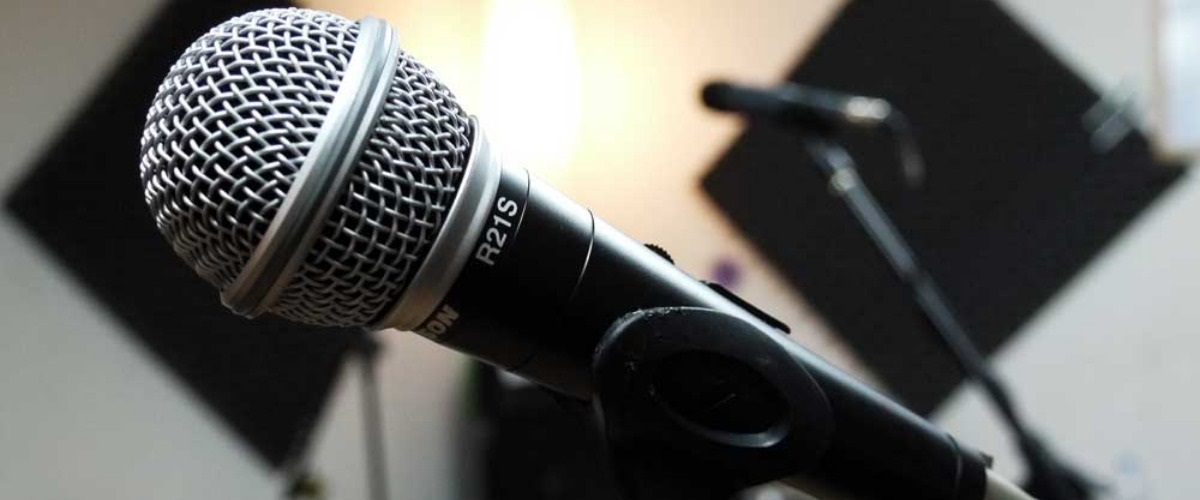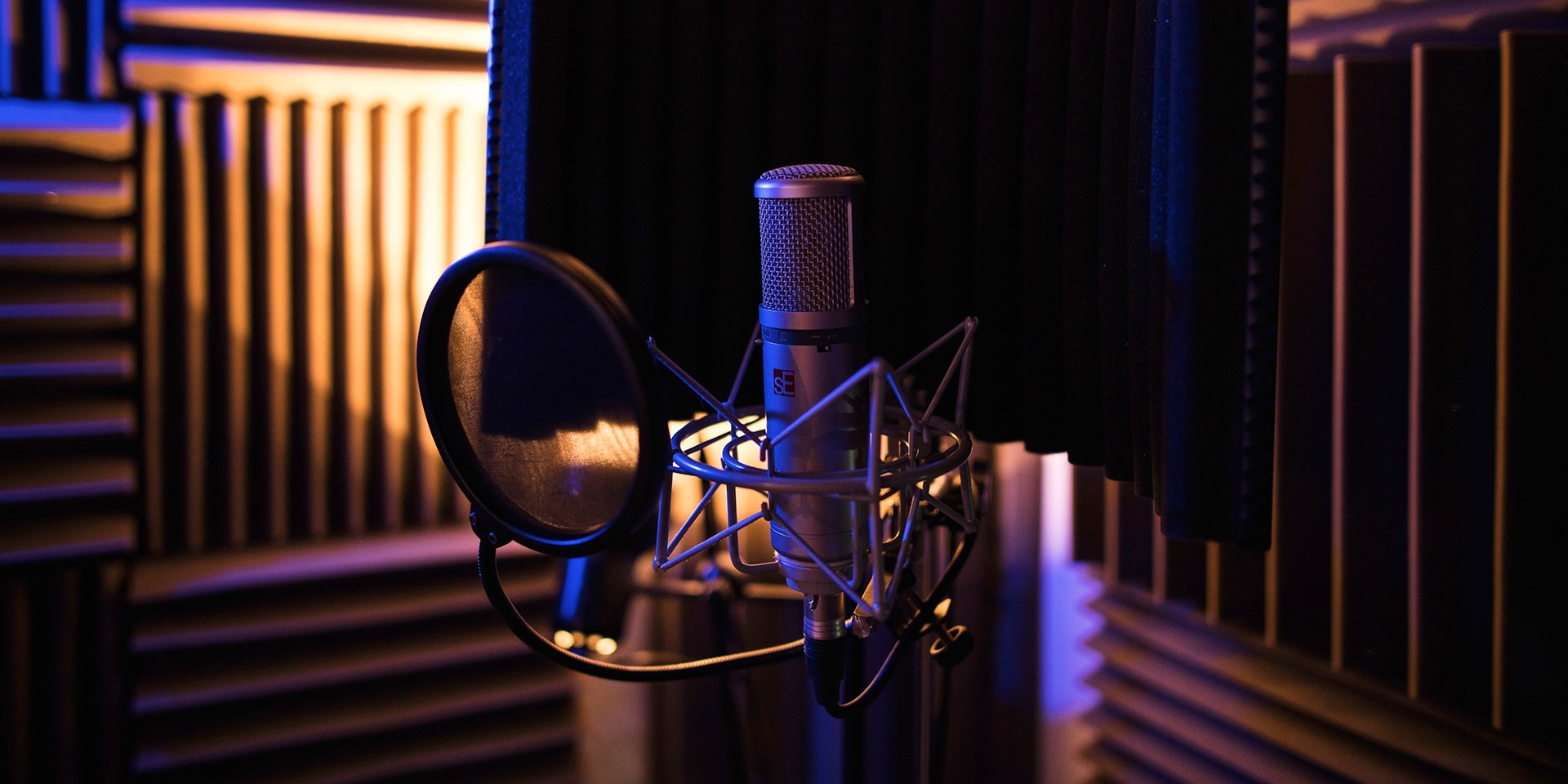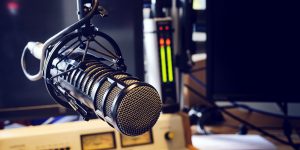If you want to make better vocals, you can do a few things. First off, you need to know the mic type and the voice type you have. Secondly, if you already have the microphone, pick up the best position for recording your voice (not all mics sound good close to your mouth). Try different types of positions. Finally, if your software has built-in EQ, try using it to compensate for the frequencies you are low on.
Recording your vocals isn’t easy. Of course, you need to sing well enough so that the mics can pick up what you are singing, but it’s also important that the mic doesn’t get too much of your voice. It is where some knowledge about microphones comes in handy!
What types of mics can I use to record my voice?
There are two types of mics to choose from when recording your voice. Dynamic and condenser microphones. Dynamic mics are generally less sensitive than condenser mics, but you can easily attach these to a stand and use them on a table.
Condenser mics need to be plugged in directly to a mixer or soundboard, while dynamic mics do not. It is because condensers can pick up all noises around it and process the reactions, which creates a sort of “feedback loop” when you’re speaking into it. A dynamic mic does not pick up the background noise.
What kind of microphone is better to use?
Different microphones will behave differently, and some mics might even slightly alter your voice. It is why it’s important to know what each mic can do, so you don’t get any unwanted surprises when playing your trackback! Dynamic microphones are often used when recording vocals. You can find them in front of the lead vocalist on stage.

Dynamic mics tend to have more bass than condensers, which usually have a sharp “s” sound. Using a mic with too much bass when recording your vocal tracks might add distortion and make the recording sound kind of “muddy,” even though the lyrics are very clear.
Dynamic mics often bump specific frequencies around 100 Hz, making them suitable for drums and electric guitars. Drummers also tend to use dynamic mics when recording snare drums because they want the sharp “s” sound that will cut through the mix.
Dynamic mics also tend to be better at handling loud sources, and they don’t care about humidity. It is why you can often find dynamic mics on stage next to the lead singer, even if it’s very hot and humid!
How can I define the type of my voice?
There are several ways to determine your type of voice! It is very hard to get a proper classification because there are many variables. Your voice type is determined by how you produce sound.
Let’s list the parameters that influence our voice:
- Dynamics (ranging from loud to soft)
- Pitch (from low to high or vice versa)
- Sound color (from dark to bright or the other way around)
- Timbre (the structure of sound, sometimes described as “throaty,” “nasal,” etc.)
- Articulation (crisp vs slurred)
- Emotion (ranging from sad to happy and everything in between)
The above list is not exhaustive, so it’s better to use professional help.



